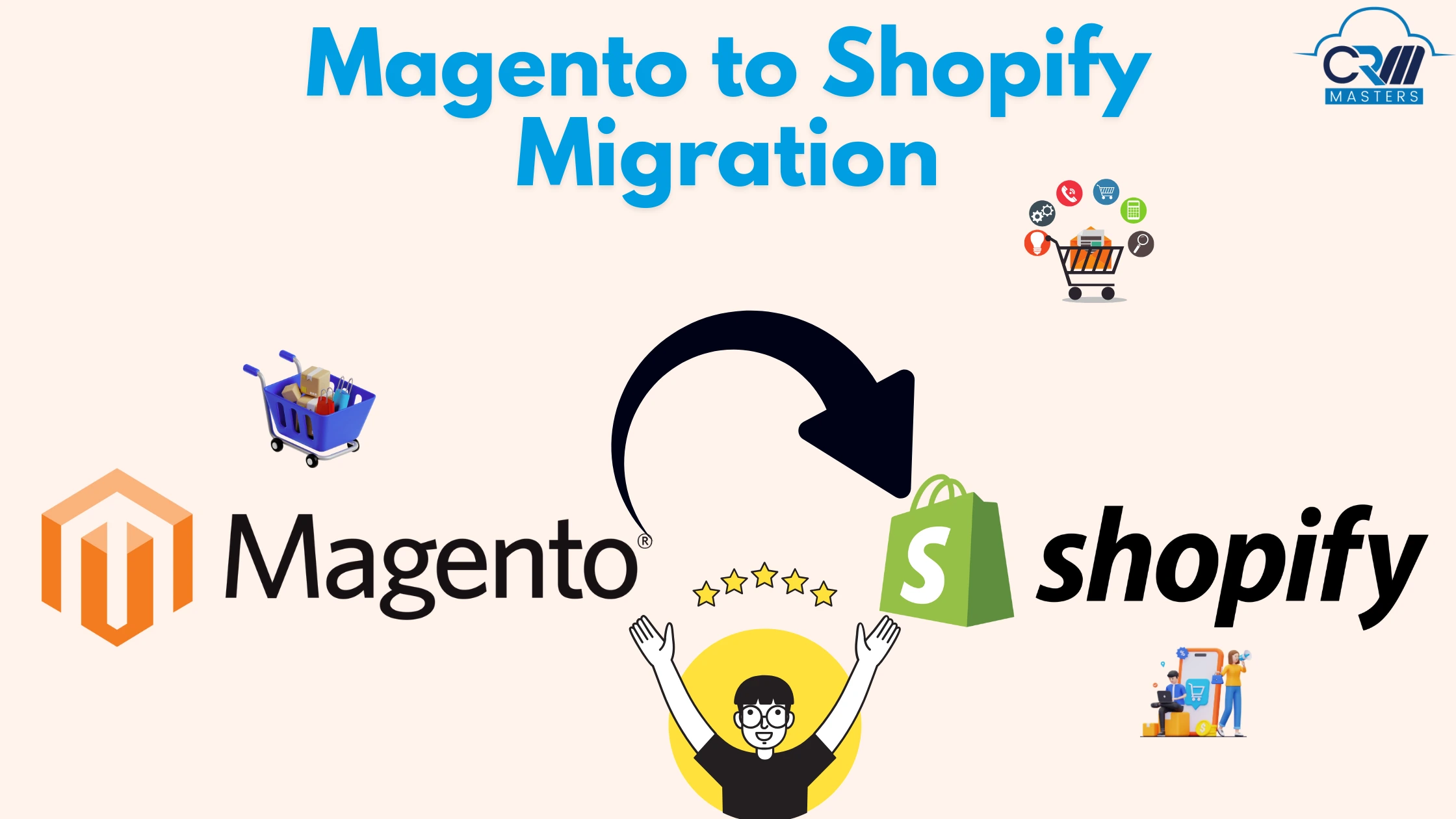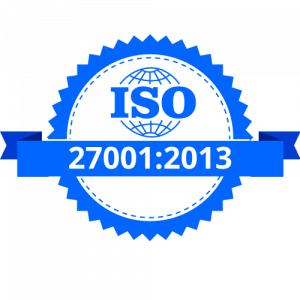
Benefits of Migrating from Magento to Shopify for Your Online Store
Magento is expensive to maintain an online store, which makes the process challenging. Again, migrating from Magento to Shopify is an easier, smoother solution for scaling your company. Shopify facilitates smooth operations and improves the customer experience with its user-friendly interface, power features and scalability.
In this blog, We will discuss some of the significant advantages of migrating Magento to Shopify and how this migration can prove to be beneficial to your online store requirements.
What is Shopify?
Shopify is an e-commerce platform with simple, easy-to-use and scalable solutions. With Shopify website businesses can create and manage e-commerce stores without much technical knowledge. With multiple themes, integrations, and tools to ensure that setting up an e-commerce store is a simple process.
Key Features of Shopify:
- Ease of Use: User-friendly interface that does not require any technical experience.
- Hosted Solution: Shopify manages hosting, security, and maintenance.
- Scalability: Provides plans and functionalities that can expand along with the growth of your business.
- App Ecosystem: Connects store with numerous third-party apps to add functionality.
What is Magento?
Magento is an open-source, powerful e-commerce platform that is best suited for complex business operations. It is customizable to an extent but often requires a great deal of technical knowledge to run effectively. Although Magento is well-suited for larger businesses that have large datasets and need to implement optimized solutions for their vast product catalogue, it is resource-expensive and, without proper technical staff, quite challenging to manage.
Key Features of Magento:
- Highly Customizable: Offers extensive flexibility with development.
- Large Business Focus: Better suited for Large enterprises and businesses that need custom solutions.
- Complexity: Requires technical expertise for installation and maintenance.
- Self-Hosting: You are responsible for hosting and server maintenance.
Why Migrate from Magento to Shopify?
Magento is an unparalleled platform, but as businesses expand, several challenges arise. However, there are a lot of store owners who feel overwhelmed by the complexity, high maintenance costs, and technical requirements of the Magento platform. Shopify, however, is a simplified e-commerce solution that offers better performance, security, and scalability. Let us explore some of the benefits of migrating from Magento to Shopify:
1. User-Friendly Interface

The user-friendly design of Shopify allows anyone to handle and run their store without having a technical background. You do not have to mess with the code and can concentrate on growing your business.
2. Cost-Effective

Magento is known for its high development, hosting, and ongoing maintenance costs. Moreover, though not all the best website builders follow up on this quality, Shopify has pricing plans with predictable expenses and few hidden fees, which are things that make it better for price in the long run.
3. Scalability

Shopify scales alongside your business, allowing you to grow with products, marketing tools, and sales processes without concern for servers.
4. Better Loading Speed

Shopify prides itself on server management, which speeds up and improves site performance. Thus, it’s easier to use and requires less technical knowledge. Websites that load in a second convert 2.5x more visitors than those that take 5 seconds, helping to reduce bounce rates over time.
5. Enhanced Security

Shopify handles security updates and maintains compliance with PCI-DSS standards, making it easier for you, as a store owner, to relax, reducing the risk of data breaches or system failures.
Also Learn:- Shopify Vs Magento
What kind of data is migrated from Magento to Shopify?
Even if you are already determined to make the switch, it’s important to understand the type of data you will have to transfer between platforms:-
1. Products and Product Categories:- Items on your website, including names, prices, availability, photos, meta titles, and descriptions, are referred to as product categories.
2. Static Page Content:– About us, contact, blog, and CMS pages.
3. Customer Information:- Names, payments, information, shipping and billing addresses, and any applicable coupons or discounts. Users cannot, however, change their passwords, so make sure they understand how to use your website’s password reset feature.
How to Migrate from Magento to Shopify?
Below, we have shared a short process to assist you with the migration process.
1. Assess Your Current Store
The first step before the migration is to analyze your existing Magento store and make a note of the features, products, and customizations you want to migrate.
- Product categories
- Customer data
- Order history
- Product reviews
- Payment gateways
2. Choose the Right Shopify Plan
Shopify plans and prices depend on your business size and needs. Choose the Plan that matches your goals. You have to select which plan you would like and make sure it offers the features you need.
3. Create a Backup Of Your Magento Store Data
All of your Magento store data must be saved securely. Also includes product data, customer details, orders, and any other important information.
4. Choose a Shopify Expert
You can take the help of a trusted Shopify Partner to assist with the migration process to make sure the migration is done correctly and with no downtime.
5. Migrate Your Data
Migrate your data to Shopify using your chosen migration tool or expert. This will include:
- Products: Configuration of product details including images, descriptions and pricing.
- Customers: Migrate customer accounts and order history.
- Content: Migrate posts, pages, and SEO details.
6. Set Up Your Shopify Store
After migrating your data, it’s time to set up your store and customize it. Select a Shopify theme that meets your brand guidelines, and edit it as per your requirements. Remember to configure all the vital store settings, including payment gateways, taxes, shipping options, etc.
7. Test Your Store
Test your new Shopify store end to end before going live. Another step is to check for any broken links or incomplete product information and ensure that the checkout process works seamlessly
8. Go Live
After Testing, Now It’s Time To Go Live!!! Inform your customers of the migration, and provide them with any new store URLs or changes in the shopping process.
Tips on Magento to Shopify Migration
Making the transfer from one platform to another requires maintaining the continuity and essential identity of your store.
You can make the change go smoothly and without stress if you plan and carry it out well:
1. Create a Full Backup to Prevent Data Loss
Shopify offers automatic backups, but it’s always a good practice to back up your store data periodically. This ensures that you won’t lose important customer or product information in case of any unexpected issues.
2. Data Import Applications to Simplify the Procedure
To further simplify the migration, take advantage of Shopify’s Data Import Apps, which are available in the Shopify App Store. These tools are designed to quickly import your data from other platforms, including product information, customer details, order histories, and more.
Apps like Excelify or Shopify’s Data Migration App can significantly reduce manual work, automate much of the data transfer, and minimize the risk of errors, helping you get your store up and running faster.
3. Review your Imported Files Carefully
If you look over the downloaded files, you can find any mistakes or missing information before you launch your website. You can make the needed changes without affecting the live store.
4. Setup Payment Gateways and Shipping Options
Ensure that all your payment gateways (e.g., PayPal, Stripe, credit cards) and shipping options are properly set up on Shopify. Shopify offers a wide range of payment gateway integrations, but it’s crucial to ensure your customers can easily complete transactions.
5. Monitor Store Performance Post-Migration
After your store goes live on Shopify, closely monitor its performance. Look for any issues with Shopify speed optimization, customer experience, or orders. Shopify’s built-in analytics tools can help you track site performance and identify areas for improvement.
Conclusion
Migrating from Magento to Shopify is a smart move for businesses seeking scalability, ease of use, and better long-term cost efficiency. Shopify’s user-friendly interface, robust features, and reliable security make it an excellent choice for businesses of all sizes. By following the migration steps outlined above, you can ensure a smooth transition and start enjoying the many benefits that Shopify has to offer.
Whether you’re looking to simplify your store management, reduce costs, or take advantage of Shopify’s extensive app ecosystem, migrating from Magento to Shopify could be the key to unlocking your e-commerce store’s full potential.
Are you ready to switch from Magento to Shopify?
Reach out to us for expert Shopify Developers and guidance on migrating your Magento store to Shopify!












